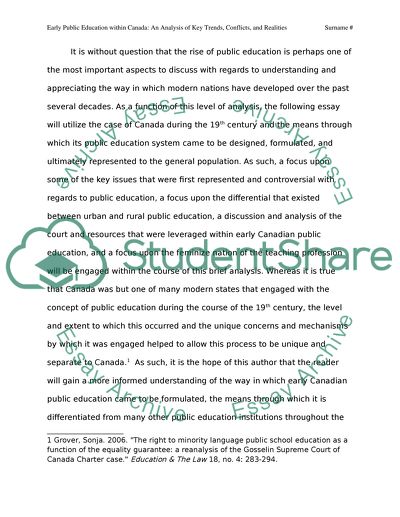Cite this document
(“Early Canadian History Term Paper Example | Topics and Well Written Essays - 1750 words”, n.d.)
Early Canadian History Term Paper Example | Topics and Well Written Essays - 1750 words. Retrieved from https://studentshare.org/history/1491071-early-canadian-history
Early Canadian History Term Paper Example | Topics and Well Written Essays - 1750 words. Retrieved from https://studentshare.org/history/1491071-early-canadian-history
(Early Canadian History Term Paper Example | Topics and Well Written Essays - 1750 Words)
Early Canadian History Term Paper Example | Topics and Well Written Essays - 1750 Words. https://studentshare.org/history/1491071-early-canadian-history.
Early Canadian History Term Paper Example | Topics and Well Written Essays - 1750 Words. https://studentshare.org/history/1491071-early-canadian-history.
“Early Canadian History Term Paper Example | Topics and Well Written Essays - 1750 Words”, n.d. https://studentshare.org/history/1491071-early-canadian-history.


